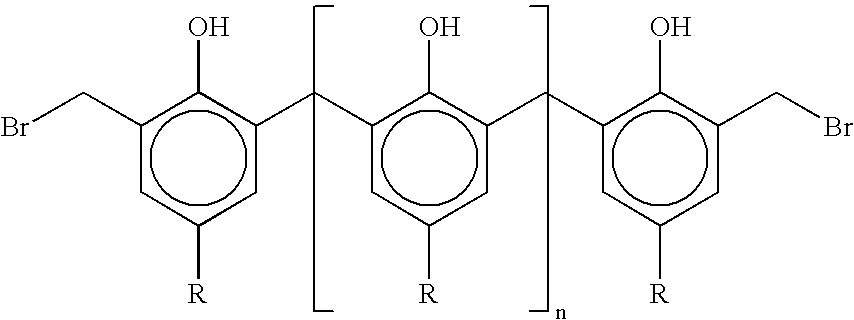Thermoplastic elastomer composition and production method of the same
a thermoplastic elastomer and composition technology, applied in the direction of pigment pastes, etc., can solve the problems of poor appearance of extruded articles, unsuitability of olefin resin and rubber morphology, and high cost, and achieve excellent extrusion processability, reduce flowability, and reduce the effect of cos
- Summary
- Abstract
- Description
- Claims
- Application Information
AI Technical Summary
Benefits of technology
Problems solved by technology
Method used
Image
Examples
examples
[0042]The present invention will now be described in more detail with reference to the following examples. However, the present invention is not limited to the following examples, as long as one does not deviate from the gist of the present invention.
[0043]The raw materials and evaluation methods used in the following examples were as follows.
[Raw Materials]
[0044]EPDM (component (A)): Ethylene-propylene-5-ethylidene-2-norbornene copolymer rubber (“Esprene 670F”, manufactured by Sumitomo Chemical Co., Ltd.) 100 parts of a paraffinic oil extender
[0045]PP-1 (component (B)): Polypropylene (“Nobrene HR100”, manufactured by Sumitomo Chemical Co., Ltd.)
[0046]Antioxidant: Irganox 1010 (manufactured by Ciba Specialty Chemicals)
[0047]Phenolic resin (component (C)): Brominated alkylphenolic resin (manufactured by Taoka Chemicals Co., Ltd.; Tackrol 250-I)
[0048]Iron oxide (component (D)): Iron(III) oxide and iron(IV) oxide (both manufactured by Kanto Chemical Co., Inc.; extra-pure reagent)
[0049]...
PUM
| Property | Measurement | Unit |
|---|---|---|
| melt flow rate | aaaaa | aaaaa |
| melt flow rate | aaaaa | aaaaa |
| temperature | aaaaa | aaaaa |
Abstract
Description
Claims
Application Information
 Login to View More
Login to View More - R&D
- Intellectual Property
- Life Sciences
- Materials
- Tech Scout
- Unparalleled Data Quality
- Higher Quality Content
- 60% Fewer Hallucinations
Browse by: Latest US Patents, China's latest patents, Technical Efficacy Thesaurus, Application Domain, Technology Topic, Popular Technical Reports.
© 2025 PatSnap. All rights reserved.Legal|Privacy policy|Modern Slavery Act Transparency Statement|Sitemap|About US| Contact US: help@patsnap.com


